She studied advertising design at university, but soon regained her childhood passion for drawing: Slovak illustrator Simona Čechová has been living on visualizing special characters and fantasy worlds ever since. Among other things, she has already illustrated for Forbes and is currently working on her third storybook. We talked about becoming an illustrator, the perfect balance of client and author work, and her hobby, beekeeping, which is also the topic of one of her books.
According to your website you studied advertising design at University of Bedfordshire in England (2010) and international marketing at Edinburgh Napier University in Scotland (2011). After these classes what have brought you to a slightly less marketing-oriented field, to the world of illustrations?
I remember that as a kid I loved drawing. However, in my family, art was not perceived as something that one could make a living with. I did not even know it could be a real profession. I believed illustrators are only some special people carefully chosen by other important people and it is only them who are allowed to do this job, only they have this privilege to draw. It is hilarious and sad at the same time, I was 6 back then and it really seemed this unachievable, so far away and there was no one to tell me the opposite.
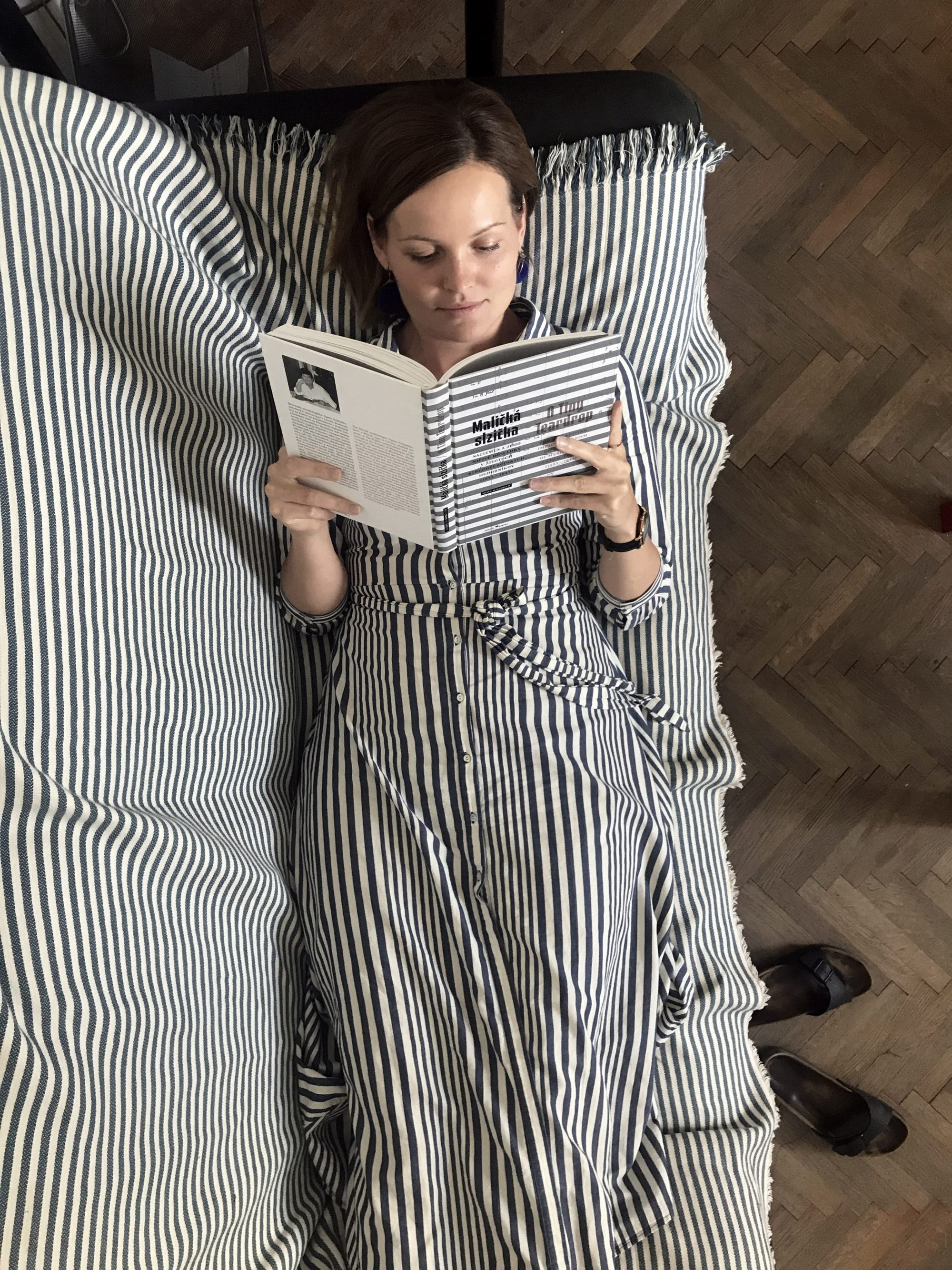
Today I know you can be whatever you want if you really want it. So when I finished high school I basically didn’t know what to do with my life, what I wanted to do for a living. I was a bit lost to be honest. I’ve chosen advertising design and marketing because I felt there is some freedom in creating and thinking and making your own path. And that’s where I rediscovered my passion for drawing thanks to my tutors. I finished my studies in the UK, moved back to Slovakia and I draw ever since.
You have illustrated coloring and children’s books, created editorials for magazines like Forbes, and designed visuals for commercials and packages. How do you feel, which genre is the closest to you and why?
For me it’s vital to do both. Illustrating a book is a long process. It takes several months to finish it. Whereas in the editorial and commercial world everything needs to be done quickly, there is always so little time. I would go crazy if I had to do just commercials and jump from one job to another. But I also would go mad if I did just books and it would take ages to see the results. Doing both balances my life. It makes sense to me.
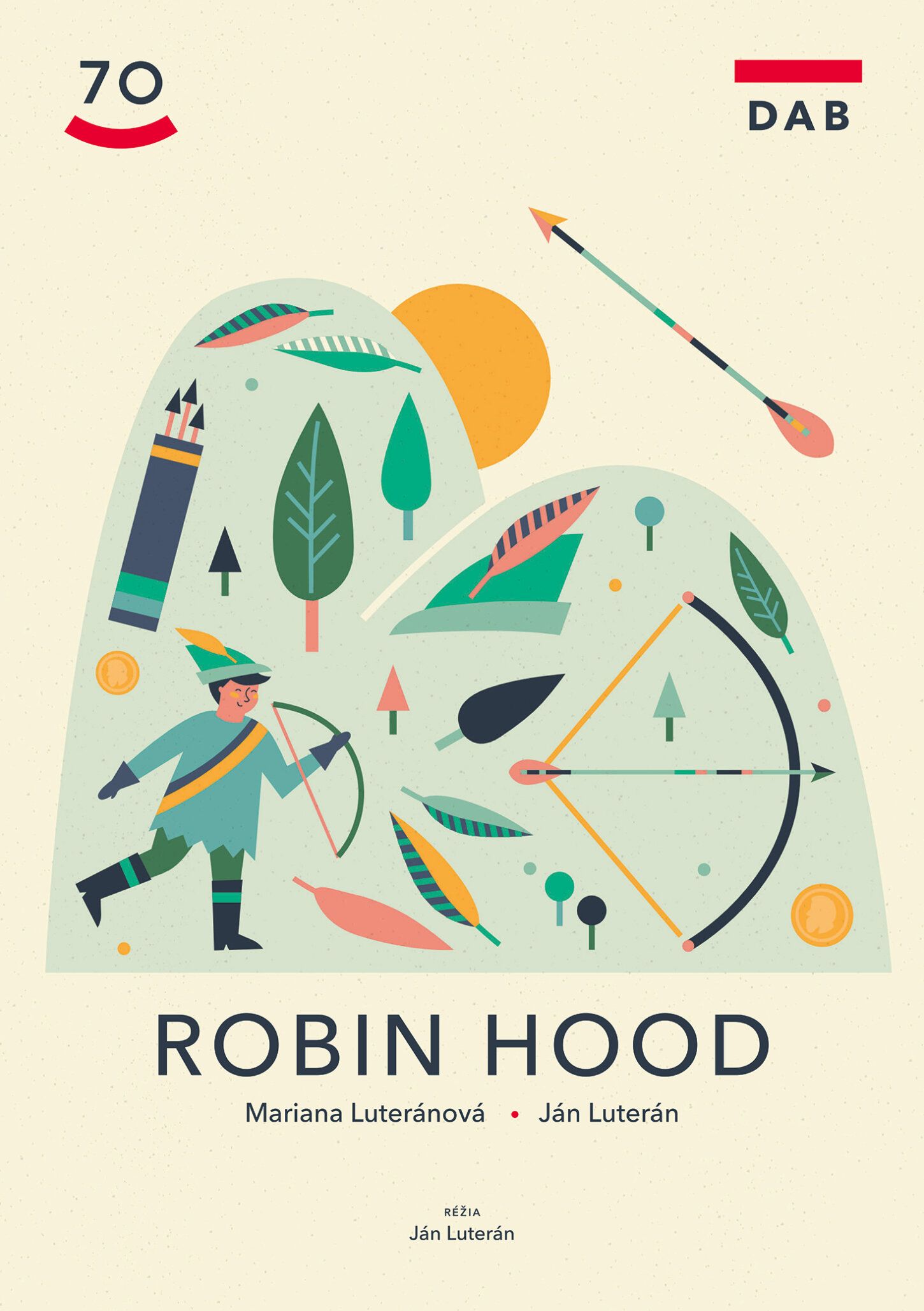

Looking through your works, it can be noticed that you are experimenting with different voices and visual language from time to time. How would you describe your illustrational style?
It’s true, my work does not carry a clear and well-established style. That is because each project is different, it has different audience, it communicates different messages, it represents different people/organizations. That is why I believe each illustration assignment needs slightly different visual language. Therefore I am not sure if I can describe my style, I am not sure if I have one. To some extent it is given by the nature of the work—analogue and digital. In my analogue works, which are my natural basis, I like to be more minimalistic, more peaceful with colors. Whereas the digital is slightly different. I like to be more playful and full of fresh intensive colors. But in general I like simplicity.
During the creative process how much attention do you rely on traditional analogue techniques and digital techniques?
My process of working is not very straightforward. Sometimes I do sketches, sometimes I jump into final artwork right the way. But if I do sketch, I use my iPad. Even if my final work was going to be pencils on paper. I find it as a very useful tool where I can draw ideas very quickly and very cleanly.
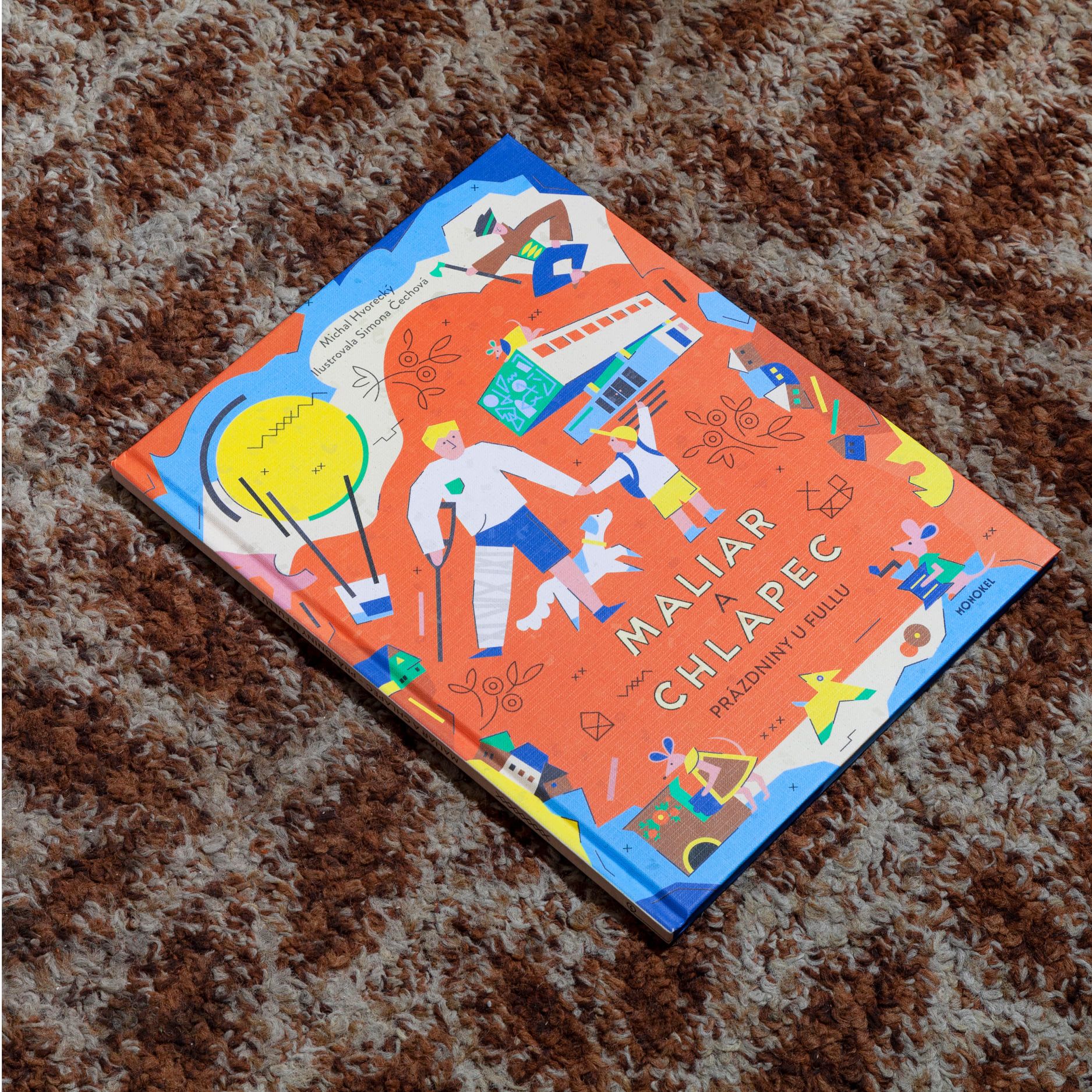
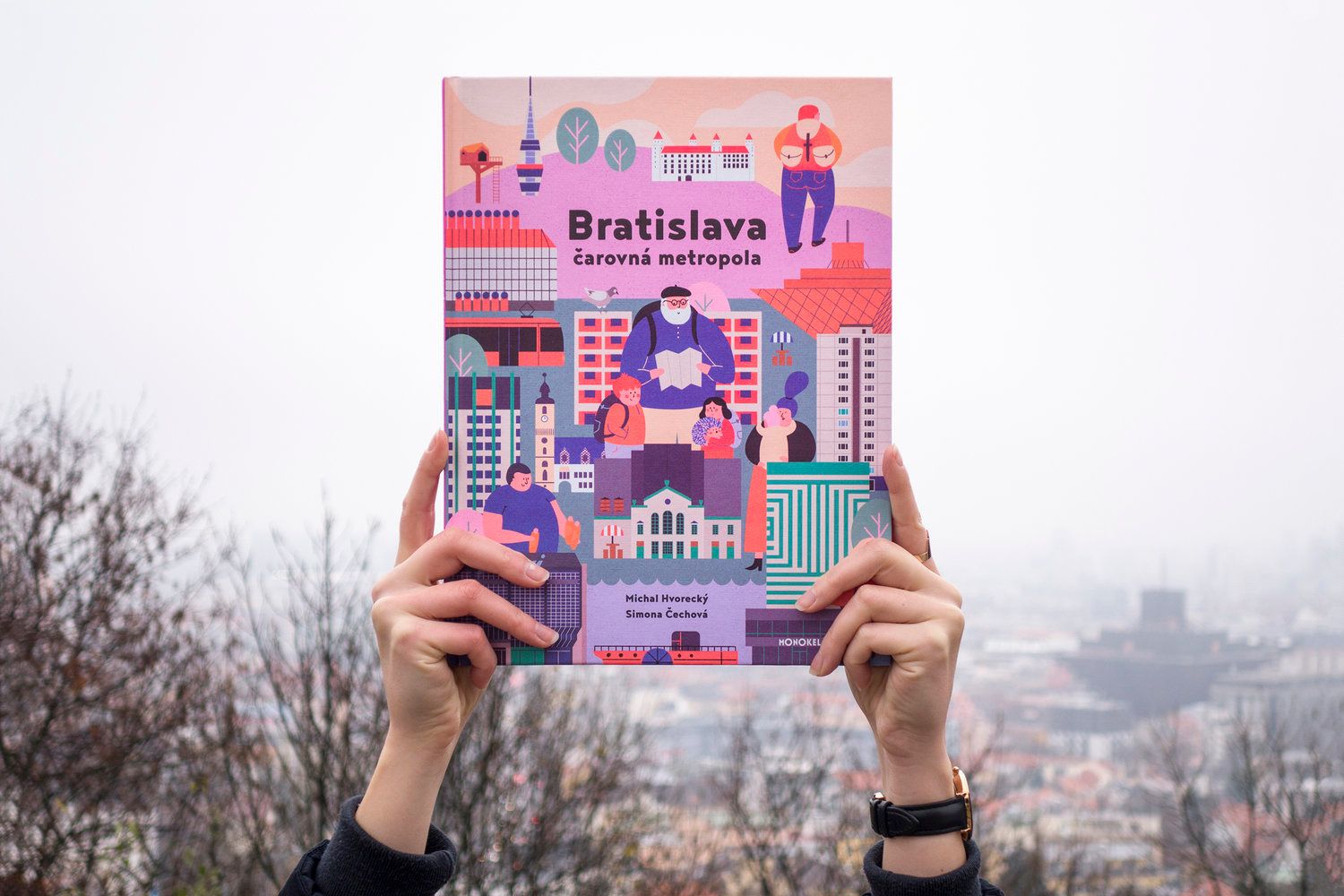
You mentioned that you find beauty in ordinary things and your hobbies are exploring cities, hiking and beekeeping. What activity or hobby inspires you the most in your work?
Being an illustrator means creating mainly for someone else. And at some point I started to have urge feelings or hunger of creating my own thing where I could let myself be inspired by the life I live. Despite the fact that I am not a writer, I started to think about my very first book for children. I have a huge passion for beekeeping so my first book Joe the beekeeper is about a little guy Joe, whose sad life will be irreversibly changed by a swarm of bees. Frankie from the compost pile is my second book. It is about a small, seemingly unnecessary worm who seeks his purpose on this Earth. And now I am working on my third book about fearing the unknown and finding acceptance. The main character is a bat and it’s going to be called Don’t be scared of Ella.
Can you tell us briefly about one of your projects which was professionally challenging or specially exciting for you?
It was definitely a book by Michal Hvorecký The painter and the boy – summer at Fulla’s. It’s a book dedicated to one of the most famous Slovak fine art painters Ľudovı́t Fulla. I had to keep my mind open and interpret the entire range of his life work in the 32 pages of this book.

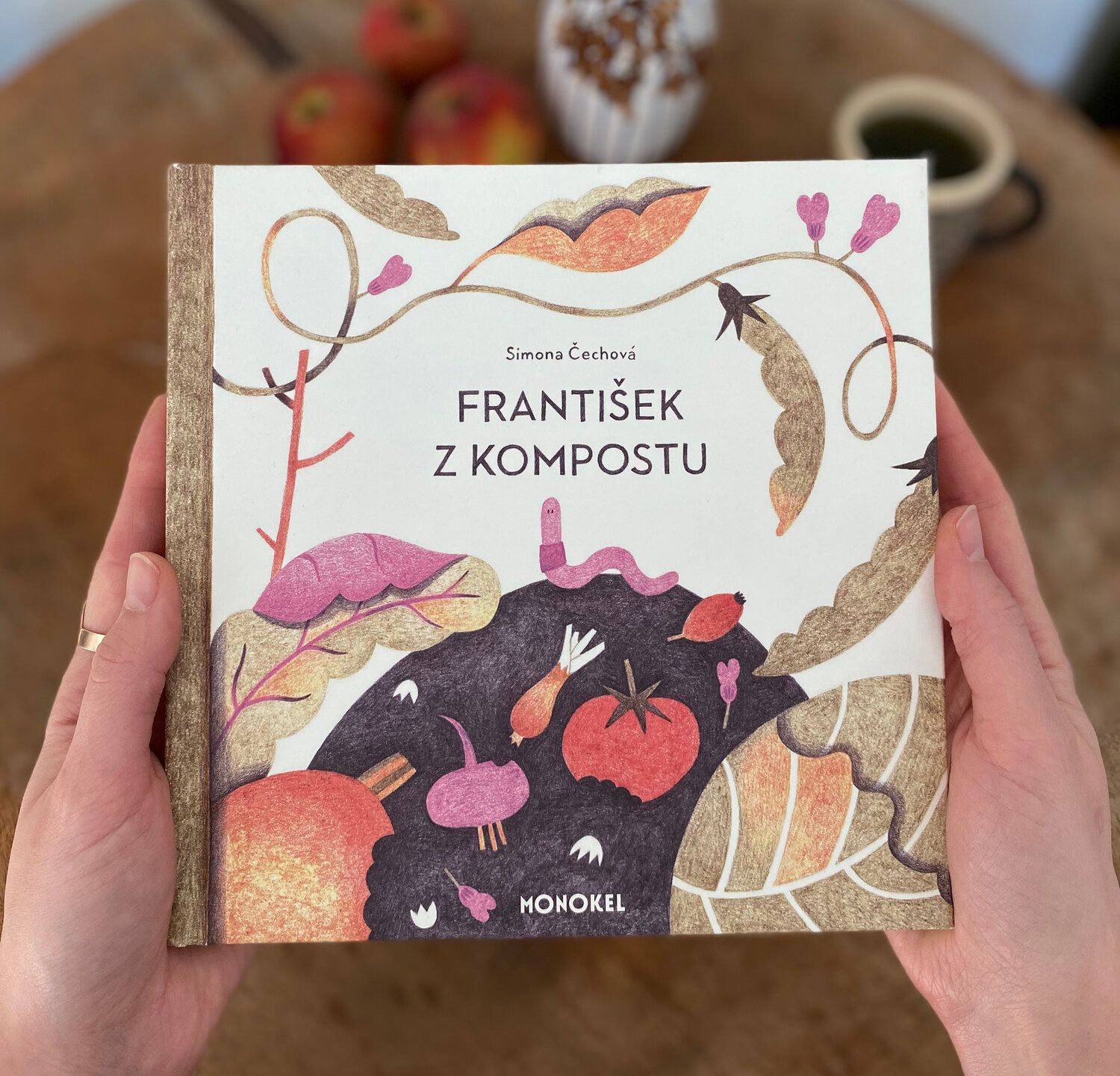
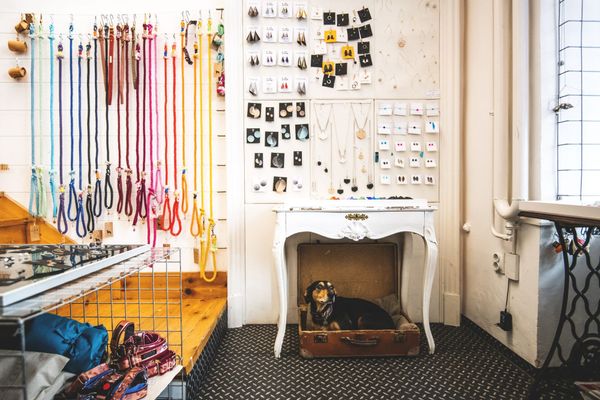
Thanks, corona!—Part 5 | wonderLAB

Bus stop that filters the city air










